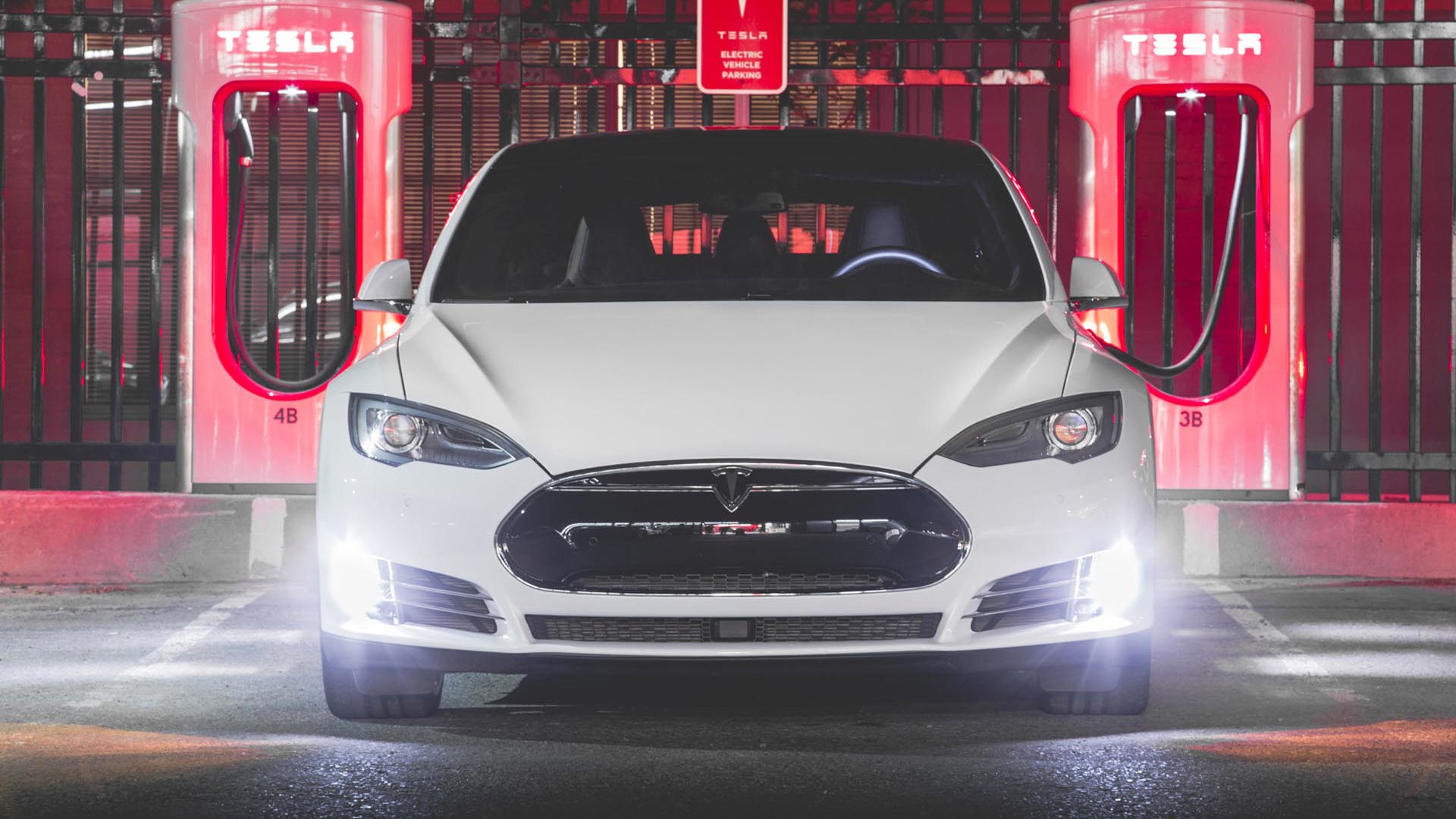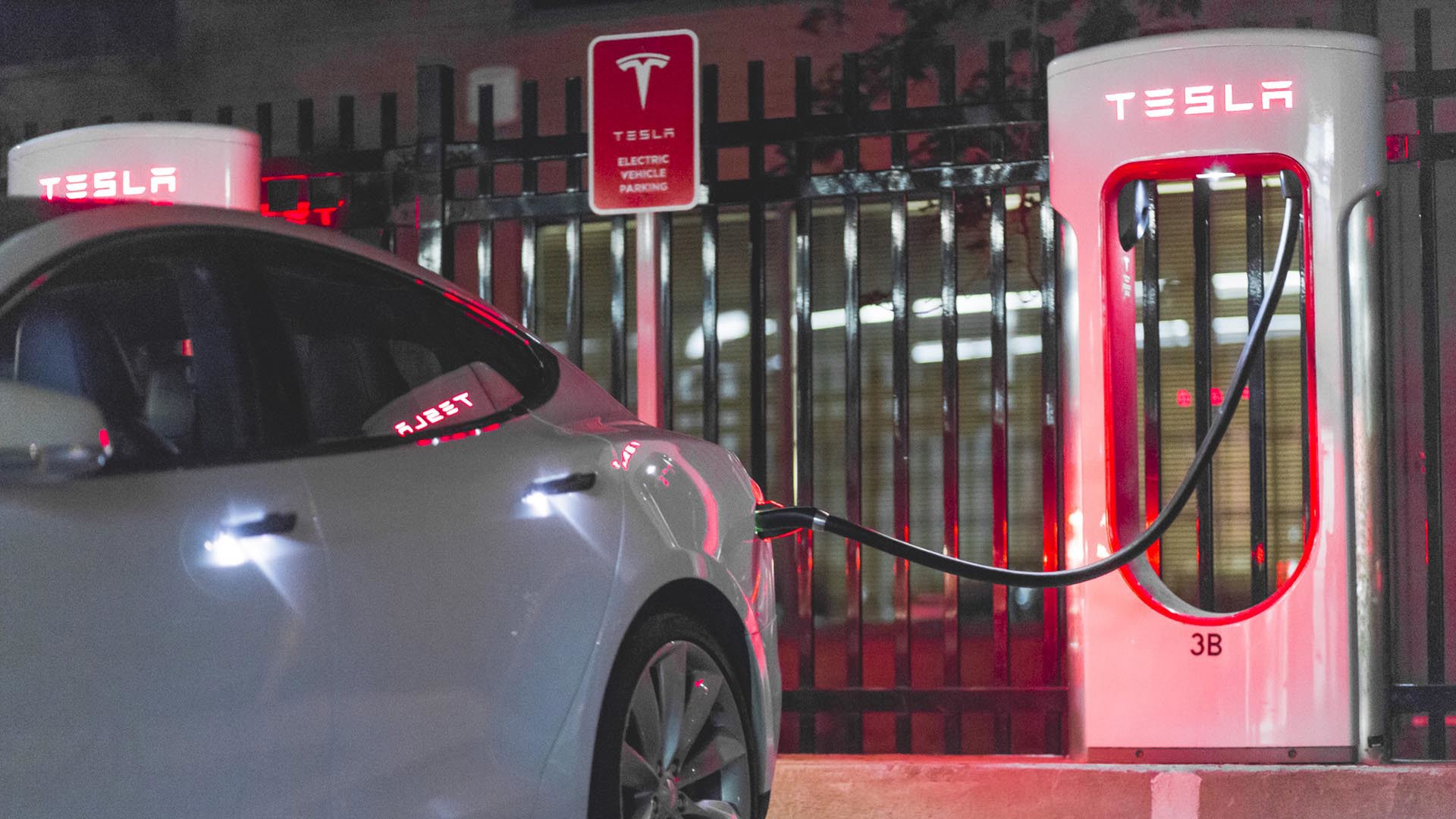Tesla is the only electric vehicle (EV) manufacturer that operates an exclusive-to-owners public charging network. Named the Supercharger network, it is accessible only by Tesla owners and is well-accepted in the automotive industry today as the most user-friendly and reliable EV charging network. The availability of the Supercharger network to Tesla owners is a big advantage over owning EVs from other brands, but there is a fee associated with using the network. So how much does it cost to charge a Tesla? And how does Tesla’s Supercharging cost compare to at-home charging and to today’s high prices?
How much does Supercharging cost?
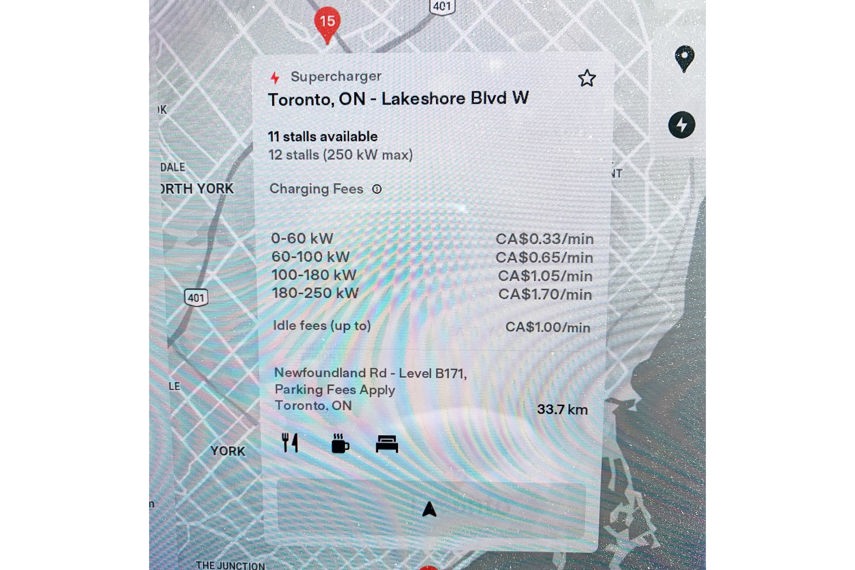
Tesla charges by the minute to use its Supercharger network. The per-minute fee is based on different levels of charging power in kilowatts (kW) output by the stall at the time of charging. The higher the power output, the faster the car will charge, and the more expensive it will be.
Tesla offers four tiers of charging power at their Supercharger stations, each with its own per-minute fee:
Tier 1: 0–60 kW (slowest, around $0.33 per minute)
Tier 2: 60–100 kW (around $0.62 per minute)
Tier 3: 100–180 kW (around $1.00 per minute)
Tier 4: 180 kW or above (fastest, around $1.70 per minute)
The per-minute fee varies slightly from station to station. Some stations may even have time-dependent, on-peak and off-peak pricing. Tesla’s website does not specify the per-minute fee at each Supercharger station and is not clear with on-peak versus off-peak pricing. The actual pricing is only available onboard a Tesla vehicle by searching for Supercharger stations via its navigation screen.
Browsing through various Supercharger stations around the Toronto area using the navigation in my Tesla Model Y, it appears the per-minute fee varies only by a few cents from station to station, and that most stations only offer up to Tier 3 charging. Very few offer the highest and fastest Tier 4 charging capability.
A typical Supercharging use-case
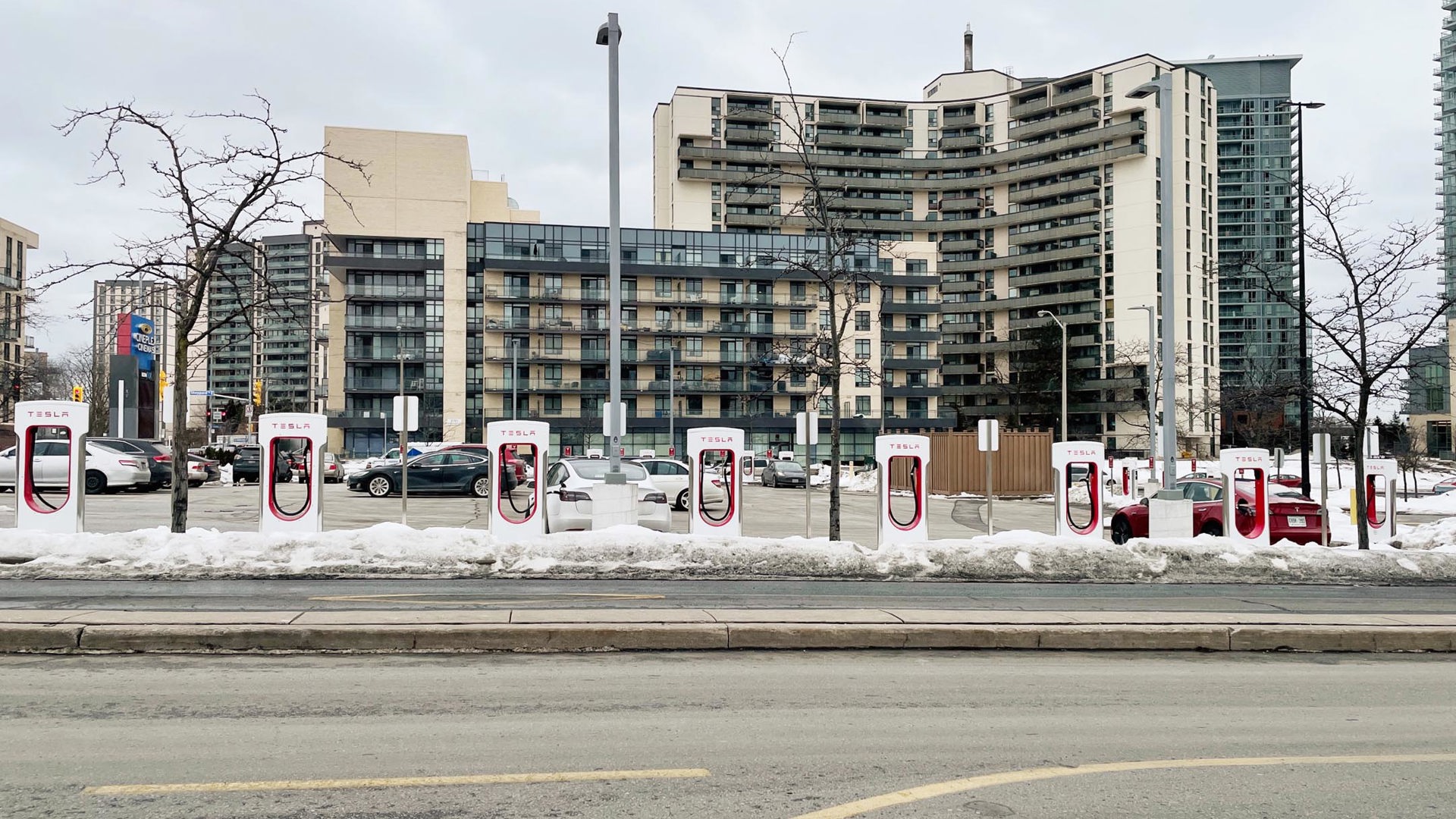
While Supercharger stations offer various tiers of charging power each with a different fee, it is not possible for the user to choose which tier to charge at.
Tesla owners charge at Superchargers if they cannot charge at home and tend to visit a Supercharger only when their battery has depleted down to 25 per cent state of charge or less. The lower the state of charge in the battery, the higher the charging power it can accept from the Supercharger stall. The Supercharger will automatically provide the highest charging power that the car can accept at any point in time, so that it can replenish the battery as quickly as possible.
As the battery’s state of charge increases throughout the session, the stall will automatically drop down to a lower tier of charging power, and the charging speed will correspondingly slow down. This is necessary to protect the car’s battery and to ensure its longevity.
If, for example, the charging session starts with the battery at 25 per cent state of charge, within roughly 20 minutes, the Supercharger should be able to replenish the battery back up to about 80 per cent state of charge. Those first 20 minutes would be charged at the Tier 3 cost. If charging continues above 80 per cent, it will eventually drop down to the Tier 2 cost, and then to Tier 1 as the battery approaches a full state of charge.
Although not very clear upfront, Tesla makes this cost structure very clear after-the-fact in the charging receipt for every session.
Tesla also charges an idle fee of up to $1 per minute if the car remains plugged in but is not charging.
How does Supercharging cost compare to gas prices and at-home charging?
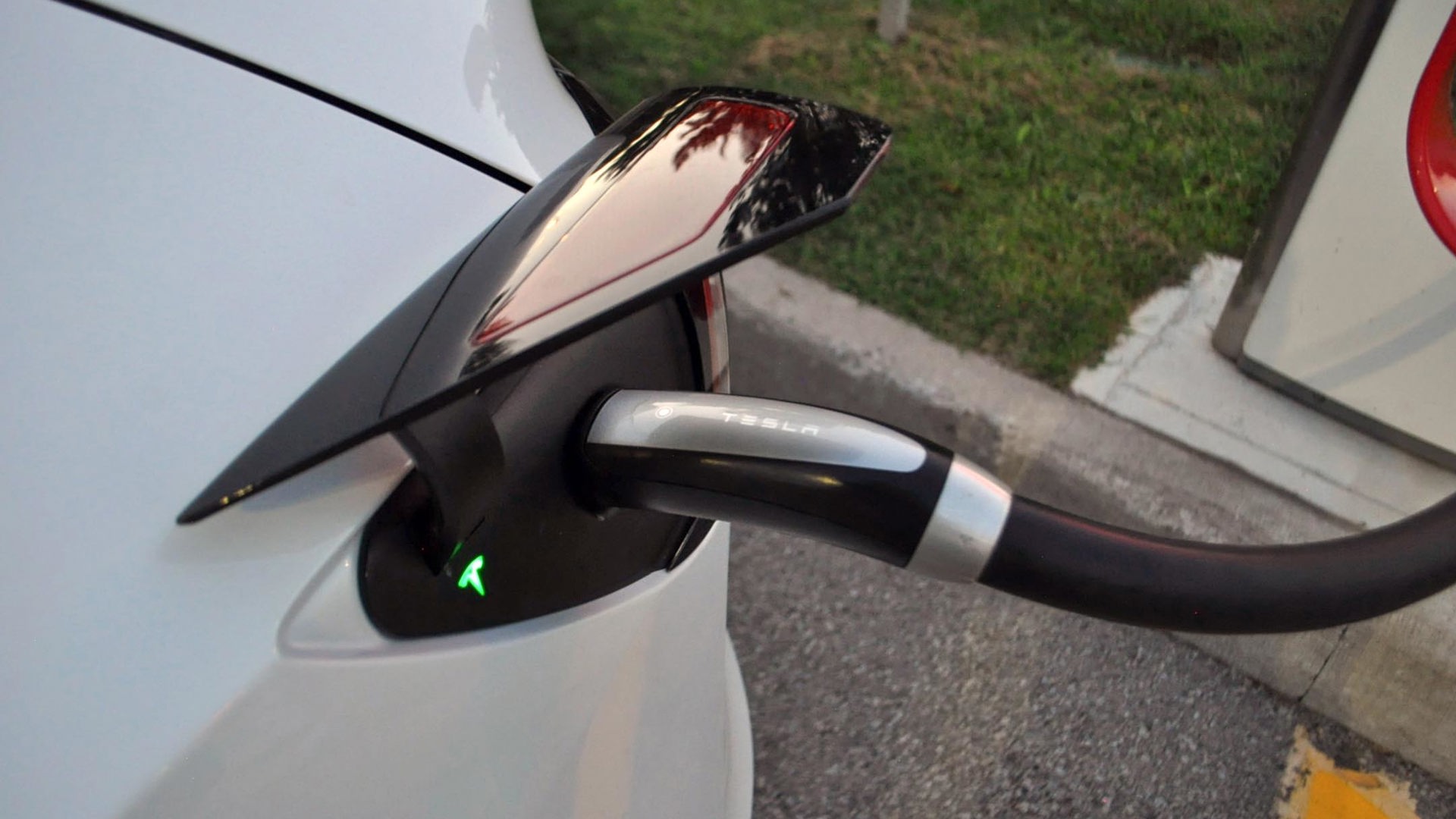
My Tesla Model Y’s real-world consumption over 19,000 km of mixed city and highway driving is recorded by the car at 19 kilowatt-hours per 100 kilometres (kWh/100 km).
Starting with 80 per cent state of charge, driving roughly 200 km of mixed city and highway will deplete my battery down to around 25 per cent. To recharge back up to 80 per cent at a Supercharger, it will take approximately 20 minutes charged at Tier 3. At $1 per minute, that would be approximately $20 for those 200 km driven.
Compared to an average, reasonably efficient, gas-powered compact crossover that consumes roughly 8.0 L/100 km in mixed city and highway driving, with recent gas prices at $2 per litre, that equates to $32 for those 200 km driven.
Compared to charging at home overnight, at an average off-peak electricity rate of $0.082/kWh, to replenish from 25 per cent to 80 per cent would cost only $4.51 for those 200 km driven.
With the luxury of its fast, reliable, and widely available Supercharger network across Canada, it is very easy to do long-distance road trips in a Tesla. The energy cost for such a road trip would not be considered cheap, but compared to today’s gas prices, it may seem like a bargain. Still, charging at home is by far the most cost-effective way to recharge any EV.
